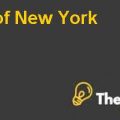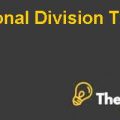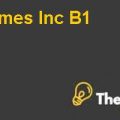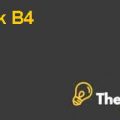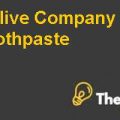
Nespresso began to examine the different strategies to increase the value of its U.S. market share, at the start of 2012. It had been manufacturing and distributing home-brewed, single-serve coffee machines and capsules. Nespresso had always focused on organic growth through its several well-known department stores and through its own retail store chain. During the seven years from 2005 to 2011, the company faced a significant increase in capsule coffee that diverted many new rivals, such as Starbucks.
On the other hand, existing competitors increased their promotional activities. Meanwhile, Nespresso found the need of renewal of its patents that were expiring that ultimately allowed some supermarkets to introduce generic capsules for Nespresso machines. What should be the most effective strategy for Nepresso to further expand? Would it be better for the company to divert from its controlled distribution system to provide more benefits to customers? Whether there is any need to modify the product to meet the U.S. taste for milk-based coffee? Should it increase the promotional activities that could derive the demand?



